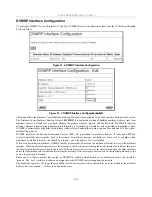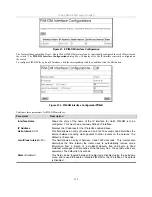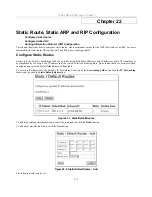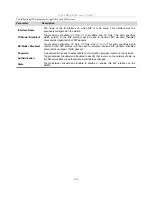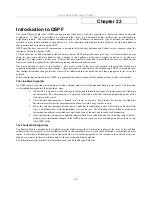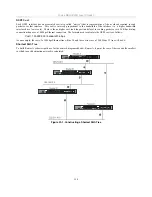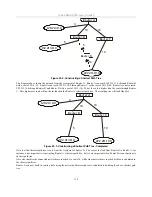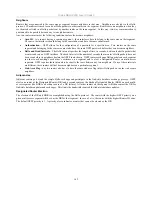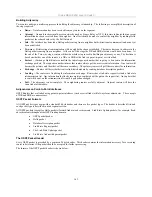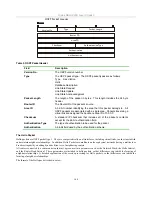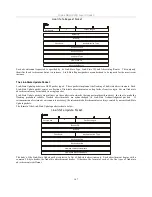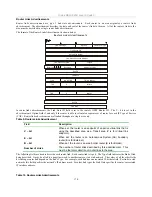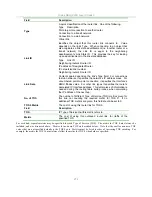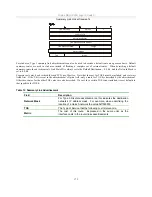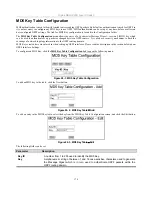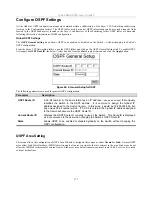
D-Link DES-3326S Layer 3 Switch
Neighbors
Routers that are connected to the same area or segment become neighbors in that area. Neighbors are elected via the Hello
protocol. IP multicast is used to send out Hello packets to other routers on the segment. Routers become neighbors when they
see themselves listed in a Hello packet sent by another router on the same segment. In this way, two-way communication is
guaranteed to be possible between any two neighbor routers.
Any two routers must meet the following conditions before the become neighbors:
•
Area ID
−
two routers having a common segment
−
their interfaces have to belong to the same area on that segment.
Of course, the interfaces should belong to the same subnet and have the same subnet mask.
•
Authentication
−
OSPF allows for the configuration of a password for a specific area. Two routers on the same
segment and belonging to the same area must also have the same OSPF password before they can become neighbors.
•
Hello and Dead Intervals
−
The Hello interval specifies the length of time, in seconds, between the hello packets that
a router sends on an OSPF interface. The dead interval is the number of seconds that a router’s Hello packets have not
been seen before its neighbors declare the OSPF router down. OSPF routers exchange Hello packets on each segment
in order to acknowledge each other’s existence on a segment and to elect a Designated Router on multi-access
segments. OSPF requires these intervals to be exactly the same between any two neighbors. If any of these intervals
are different, these routers will not become neighbors on a particular segment.
•
Stub Area Flag
−
any two routers also have to have the same stub area flag in their Hello packets in order to become
neighbors.
Adjacencies
Adjacent routers go beyond the simple Hello exchange and participate in the link-state database exchange process. OSPF
elects one router as the Designated Router (DR) and a second router as the Backup Designated Router (BDR) on each multi-
access segment (the BDR is a backup in case of a DR failure). All other routers on the segment will then contact the DR for
link-state database updates and exchanges. This limits the bandwidth required for link-state database updates.
Designated Router Election
The election of the DR and BDR is accomplished using the Hello protocol. The router with the highest OSPF priority on a
given multi-access segment will be com the DR for that segment. In case of a tie, the router with the highest Router ID wins.
The default OSPF priority is 1. A priority of zero indicates a router that can not be elected as the DR.
162
Содержание DES-3326SRM
Страница 1: ...D Link DES 3326S 24 Port Layer 3 Stackable Switch Manual May 2005 651ES3326S055...
Страница 242: ......



